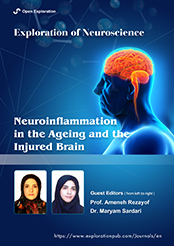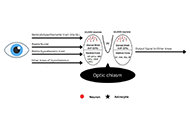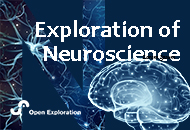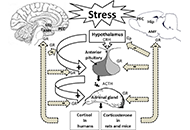
Neuroinflammation in the Ageing and the Injured Brain
Guest Editors
Prof. Ameneh Rezayof E-Mail
Professor at the Department of Animal Biology, School of Biology, College of Science, University of Tehran, Tehran, Iran
Research Keywords: Neurobiology of memory formation, reward-related learning in drug addiction, and signaling pathways in emotional behaviours
Dr. Maryam Sardari E-Mail
Assistant Professor at the Department of Animal Biology, School of Biology, College of Science, University of Tehran, Tehran, Iran
Research Keywords: Stroke, neuroinflammation, glial activation, peripheral immune system, behavioral neuroscience
About the Special lssue
Immune system dysregulation is a significant consequence of aging. Pathological changes in central and peripheral immune responses trigger neuronal injury in humans and laboratory animals. Neuroinflammation can occur via activating microglial cells and other immune cells to increase the release of cytokines, reactive oxygen and nitrogen species, prostaglandins and growth factors in the aging brain. Age-related neuroinflammation is a central mechanism in Alzheimer's disease (AD), Parkinson's disease (PD), and other neurodegenerative disorders commonly characterized by cognitive impairment, dementia, and disability. The sustained brain's immune activation may be correlated with the presence of amyloid β plaques and neurofibrillary tangles in AD pathogenesis. Microglia-derived oxidative stress plays a critical role in severe neuroinflammation and α-synuclein pathogenic alteration to induce progressive dopaminergic nigrostriatal degeneration associated with motor dysfunction in PD. Moreover, neuroinflammation and oxidative stress contribute to the dysregulation of cerebral blood flow and the breakdown of blood brain barrier implicated in the pathogenesis of age-associated neurodegenerative disorders.
Neuroinflammation in the ageing and the injured brain is a special issue that focuses on the inflammatory mechanisms involved in age-related neurodegenerative diseases. This issue brings together work focusing on the critical role of central and peripheral neuro-immune interactions. Clinical and sub-clinical studies for integrative reviews and commentaries on brain neuroinflammation and neurodegeneration are encouraged and welcome.
Keywords: Aging, neuroinflammation, neurodegenerative diseases
Published Articles


